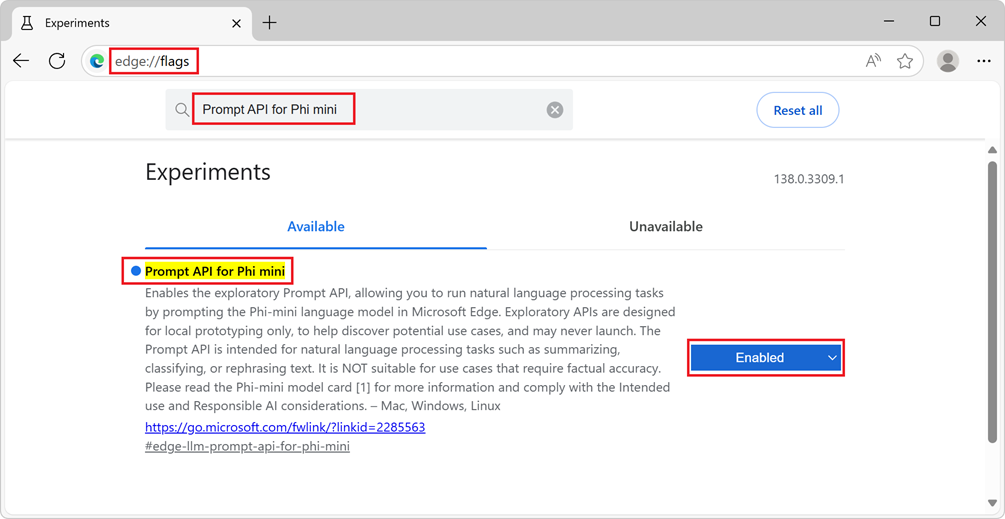
Table of Contents
Overview
The future of web development is here, and it’s powered by AI right in your browser! Microsoft Edge is pushing the boundaries with its new Prompt & Writing Assistance APIs. These APIs empower web developers to seamlessly integrate AI features like summarization, rewriting, and text generation directly into web applications. The magic lies in the built-in Phi-4-mini model, offering enhanced privacy and reduced costs. Let’s dive into what makes this tool a game-changer.
Key Features
Here’s a breakdown of the key features that make Microsoft Edge’s Prompt & Writing Assistance APIs stand out:
- Access to on-device Phi-4-mini language model: Harness the power of a sophisticated language model directly on the user’s device.
- APIs for summarization, writing, and rewriting text: Equip your web applications with versatile AI capabilities for various text-based tasks.
- No cloud calls, ensuring enhanced privacy: Keep user data secure and private by processing information locally, without relying on external servers.
- Reduced latency and operational costs: Experience faster response times and lower expenses by eliminating the need for cloud-based processing.
- Simplified integration with a few lines of JavaScript: Easily incorporate AI functionalities into your web applications with minimal coding effort.
How It Works
The process is surprisingly straightforward. Developers can utilize the Prompt and Writing Assistance APIs to call the Phi-4-mini model, which is built directly into Microsoft Edge. This allows web applications to perform tasks like text summarization, generation, and rewriting directly in the browser. The best part? It all happens without relying on external servers, keeping data local and processing fast. Think of it as having a mini AI powerhouse right at your fingertips.
Use Cases
The potential applications of these APIs are vast. Here are a few compelling use cases:
- Enhancing web applications with AI-driven text features: Add intelligent text processing capabilities to existing web apps, improving user experience.
- Providing users with real-time writing assistance: Offer suggestions, corrections, and improvements as users type, making writing easier and more efficient.
- Implementing privacy-focused AI functionalities in web apps: Build AI-powered features that prioritize user privacy by processing data locally.
- Reducing dependency on cloud-based AI services: Minimize reliance on external AI services, lowering costs and improving data security.
Pros & Cons
Like any new technology, there are both advantages and disadvantages to consider.
Advantages
- Improved privacy with on-device processing
- Lower operational costs due to elimination of cloud services
- Easy integration for developers
Disadvantages
- Limited to devices running Microsoft Edge with required specifications
- Currently in developer preview, which may include instability
How Does It Compare?
When it comes to on-device AI, Microsoft Edge isn’t the only player. Google Chrome’s on-device AI APIs offer similar functionalities, but may differ in model capabilities and integration processes. Mozilla’s local AI initiatives also focus on privacy, but are still in early development stages. The key difference lies in the specific models used and the level of maturity of the APIs. Microsoft’s Prompt & Writing Assistance APIs, with the Phi-4-mini model, offer a compelling balance of power and ease of use.
Final Thoughts
Microsoft Edge’s Prompt & Writing Assistance APIs are a significant step forward in bringing AI capabilities directly to web applications. The focus on privacy, reduced costs, and ease of integration makes it an attractive option for developers looking to enhance their web apps with intelligent text processing features. While still in developer preview, the potential of this technology is undeniable, and it’s definitely worth keeping an eye on as it evolves.

